Mold on Sans. soil; should I replant it?
jasper
10 years ago
Featured Answer
Comments (13)
jasper
10 years agoStush2049 Pitts. PA, zone 6
10 years agoRelated Professionals
Allentown Landscape Architects & Landscape Designers · Accokeek Landscape Architects & Landscape Designers · Forest Acres Landscape Architects & Landscape Designers · Hyattsville Landscape Architects & Landscape Designers · Summit Landscape Architects & Landscape Designers · Waunakee Landscape Architects & Landscape Designers · Concord Landscape Contractors · Canyon Lake Landscape Contractors · North Highlands Landscape Contractors · Santa Ana Landscape Contractors · Soddy Daisy Landscape Contractors · Wells Landscape Contractors · Houston Window Contractors · Clark Window Contractors · Westchester Window Contractorsplantomaniac08
10 years agojasper
10 years agoTiffany, purpleinopp Z8b Opp, AL
10 years agogreenman28 NorCal 7b/8a
10 years agobrandon7 TN_zone7
10 years agojasper
10 years agopirate_girl
10 years agoTiffany, purpleinopp Z8b Opp, AL
10 years agoplantomaniac08
10 years agoStush2049 Pitts. PA, zone 6
10 years ago
Related Stories
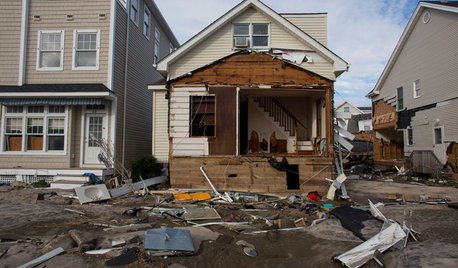
DISASTER PREP & RECOVERYHow to Combat Mold in a Flooded House
Before you rebuild or restore your water-damaged home, take these steps to keep mold at bay
Full Story
GARDENING GUIDESNew Ways to Think About All That Mulch in the Garden
Before you go making a mountain out of a mulch hill, learn the facts about what your plants and soil really want
Full Story
GARDENING GUIDESGarden Myths to Debunk as You Dig This Fall and Rest Over Winter
Termites hate wood mulch, don’t amend soil for trees, avoid gravel in planters — and more nuggets of garden wisdom
Full Story
GARDENING GUIDESGet on a Composting Kick (Hello, Free Fertilizer!)
Quit shelling out for pricey substitutes that aren’t even as good. Here’s how to give your soil the best while lightening your trash load
Full Story
SPRING GARDENINGHow to Grow a Rose Garden in Pots
Everything can come up roses, even without a plot of soil in sight. This step-by-step guide to growing roses in containers shows you how
Full Story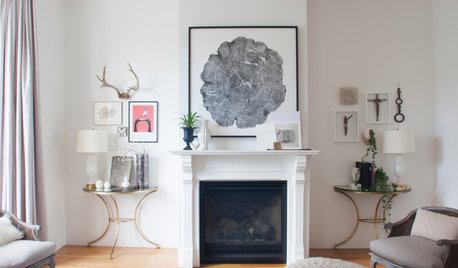
HOUZZ TOURSMy Houzz: 1896 Victorian Home Gets a Contemporary Lift
A renovated San Francisco home provides a creative family with a warm sanctuary as well as a design studio
Full Story
ROOM OF THE DAYRoom of the Day: Bright Red Dining Room Glows in Fog City
Mist can put a damper on the mood in San Francisco, but this lively room fires up the energy
Full Story
GARDENING GUIDESGreat Design Tree: Australian Tea Tree
A living sculpture with an unmistakable appearance, this coastal native creates an intriguing landscape scene
Full Story
HOUSEPLANTSMother-in-Law's Tongue: Surprisingly Easy to Please
This low-maintenance, high-impact houseplant fits in with any design and can clear the air, too
Full Story
FARM YOUR YARDHow to Grow Vegetables in Containers
Get glorious vegetables and fruits on your patio with a pro’s guidance — including his personal recipe for potting mix
Full StoryMore Discussions






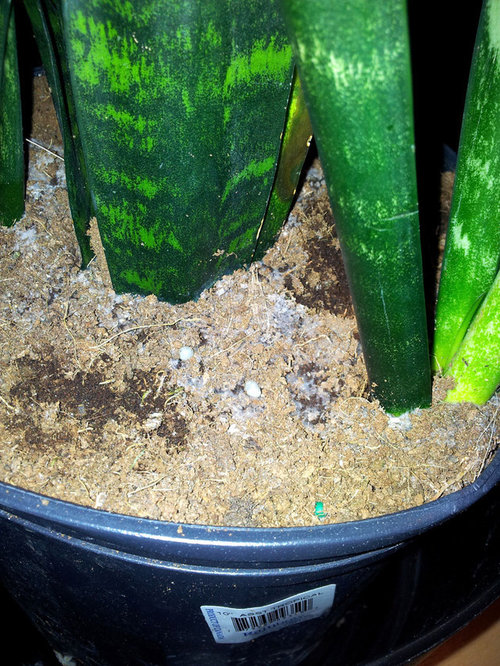


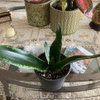

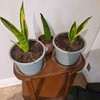
jasperOriginal Author